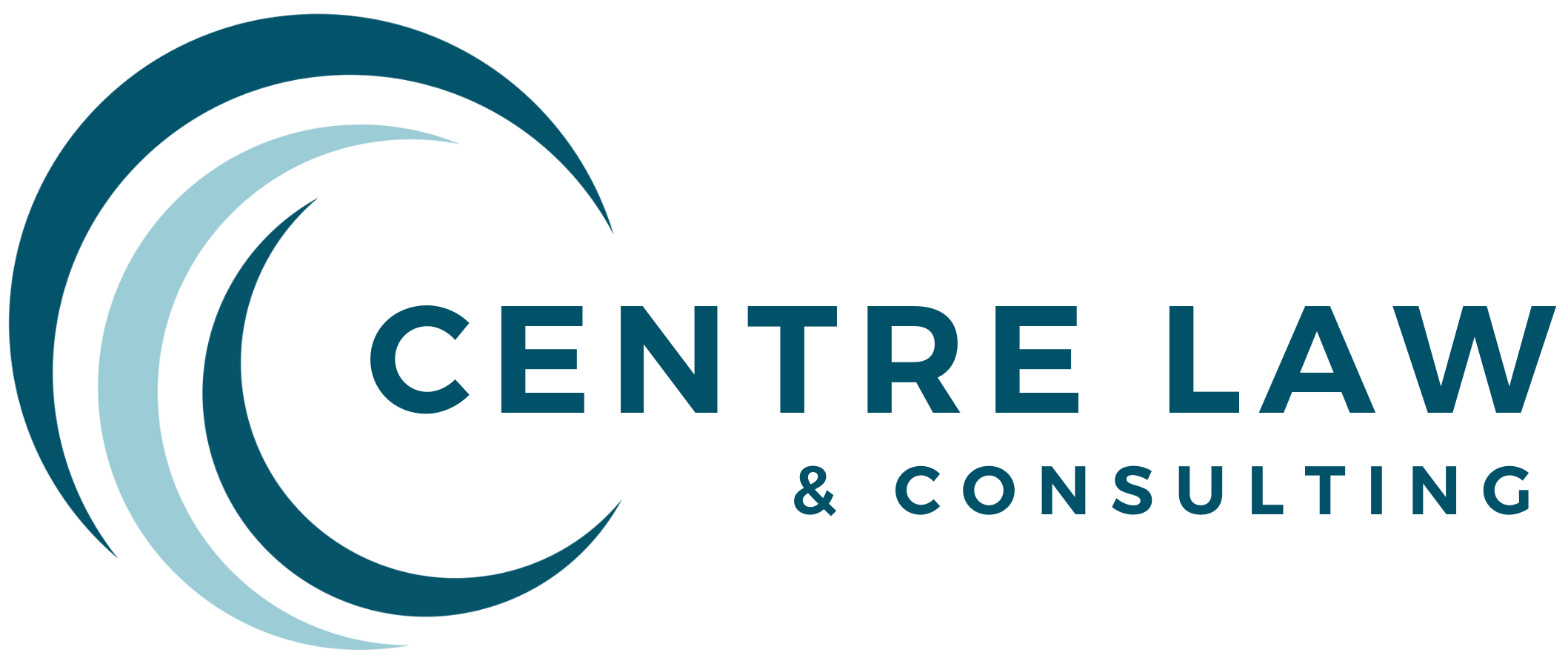AI continues to be the hottest buzzword in government contracting. As Lotus wrote last month, the Trump administration published new guidance on AI acquisition and disclosure for federal agencies. AI acquisition continues to develop in new and interesting ways. It also raises questions and creates risk for contractors who do not understand what is happening.
First, the Patent and Trademark Office has issued a Request for Information on various automation technologies, including AI. The goal of the acquisition is “to assist patent examiners and trademark examining attorneys as well as reduce patent and trademark pendency.” There are a couple of things to note from this RFI. First, the PTO is looking for “low or no cost” solutions, with the vendor willing to “receive consideration that is primarily non-monetary.” Second, the PTO “intends to maintain sole rights to all proprietary data, source code, models, simulations, technologies, data rights (to include search criteria and search results), and/or any other related IP developed or accessed related to, or resulting from, this RFI.” In addition, the vendor “will be expected to provide the infrastructure for the models, to include the compute, storage, and networking assets/capabilities (within the USPTO designed secure Cloud boundary).” In other words, any interested vendor will need to spend significant money developing on an almost work for hire basis complex AI tools for little money. The PTO does provide significant data for training AI—approximately 9 petabytes of submissions—but that data is already publicly available. We will be watching this process to see if the large AI players are willing to get involved in this type of solicitation to establish inroads at the PTO.
Second, Senators are calling for a probe into the VA’s use of AI to determine which contracts to terminate. There is a significant dispute over whether the terminated contracts impacted veteran care, but the DOGE employee who developed the AI tool claimed that it would be impossible to analyze VA’s 90,000 contracts within the 30-day period required by President Trump. Many agencies used AI during the early parts of the Trump Administration, and it will take time to understand the impact of AI on the federal acquisition process. Even with the transparency requirements published by the Trump administration, AI usage by the government will be difficult to track.
Third, a federal judge ruled that AI developers can use books to train AI without authors’ consent. In large part, the transformative nature of AI informed the judge’s decision that the training was fair use. Fair use has long been a complex and fraught topic in copyright, but the widespread implications of applying fair use to AI raises the stakes. This case will certainly be appealed, and it may prompt Congress to update copyright law accordingly. It also increases the importance of data owners understanding how to protect proprietary information from AI training models.
Finally, more and more Requests for Proposals require disclosure if AI was used in the production of the proposal. It is important to understand how the use of AI will impact the evaluation of that proposal before leveraging AI’s advantages.
Government contractors need to understand both how the government is using AI to select and evaluate contractors as well as how they can use AI to better compete for contracts and provide services to the government. If you have questions or concerns on this topic, contact the author of this blog (who built AI models in 2000, before it was cool) at [email protected] or any of our other attorneys.

